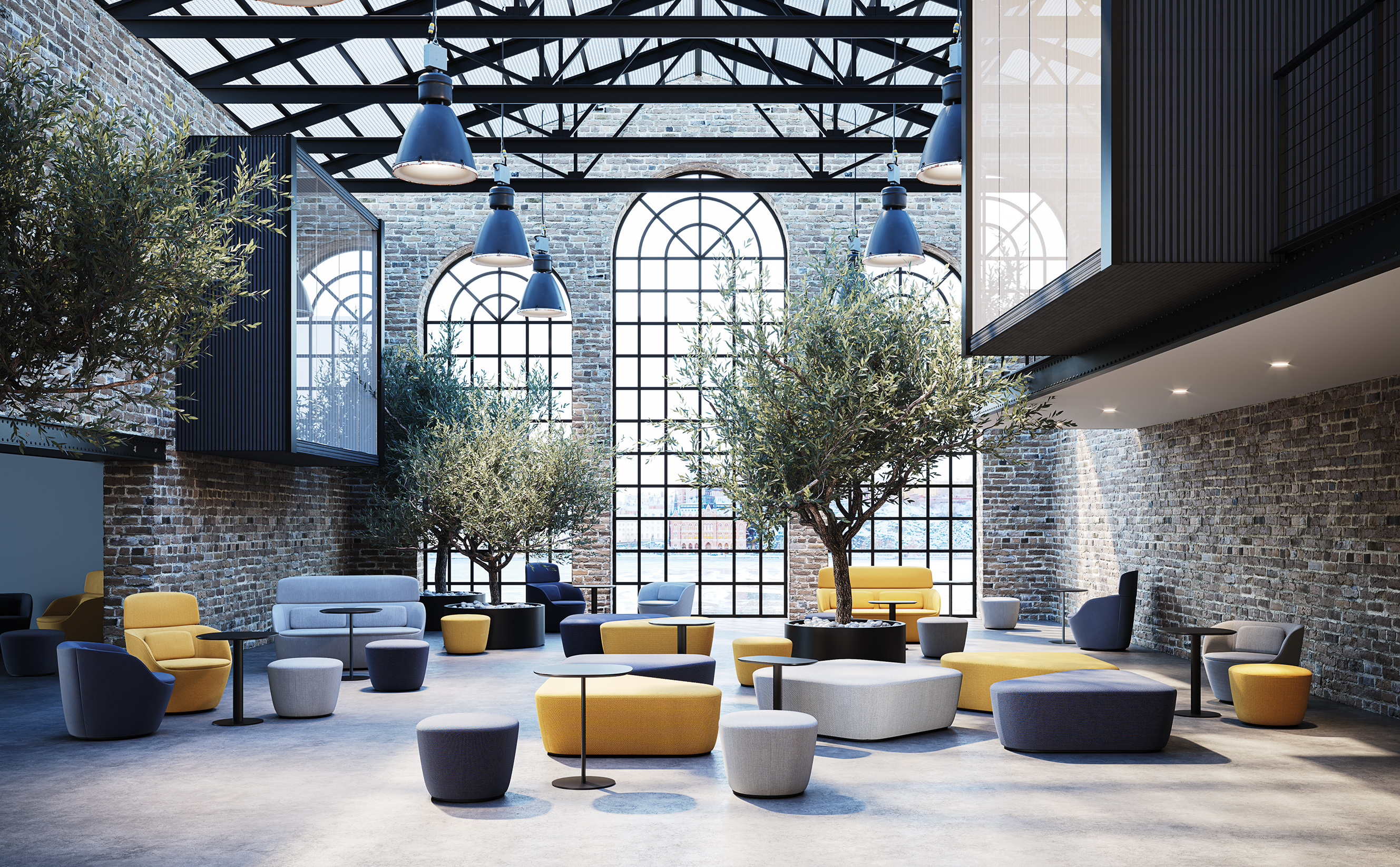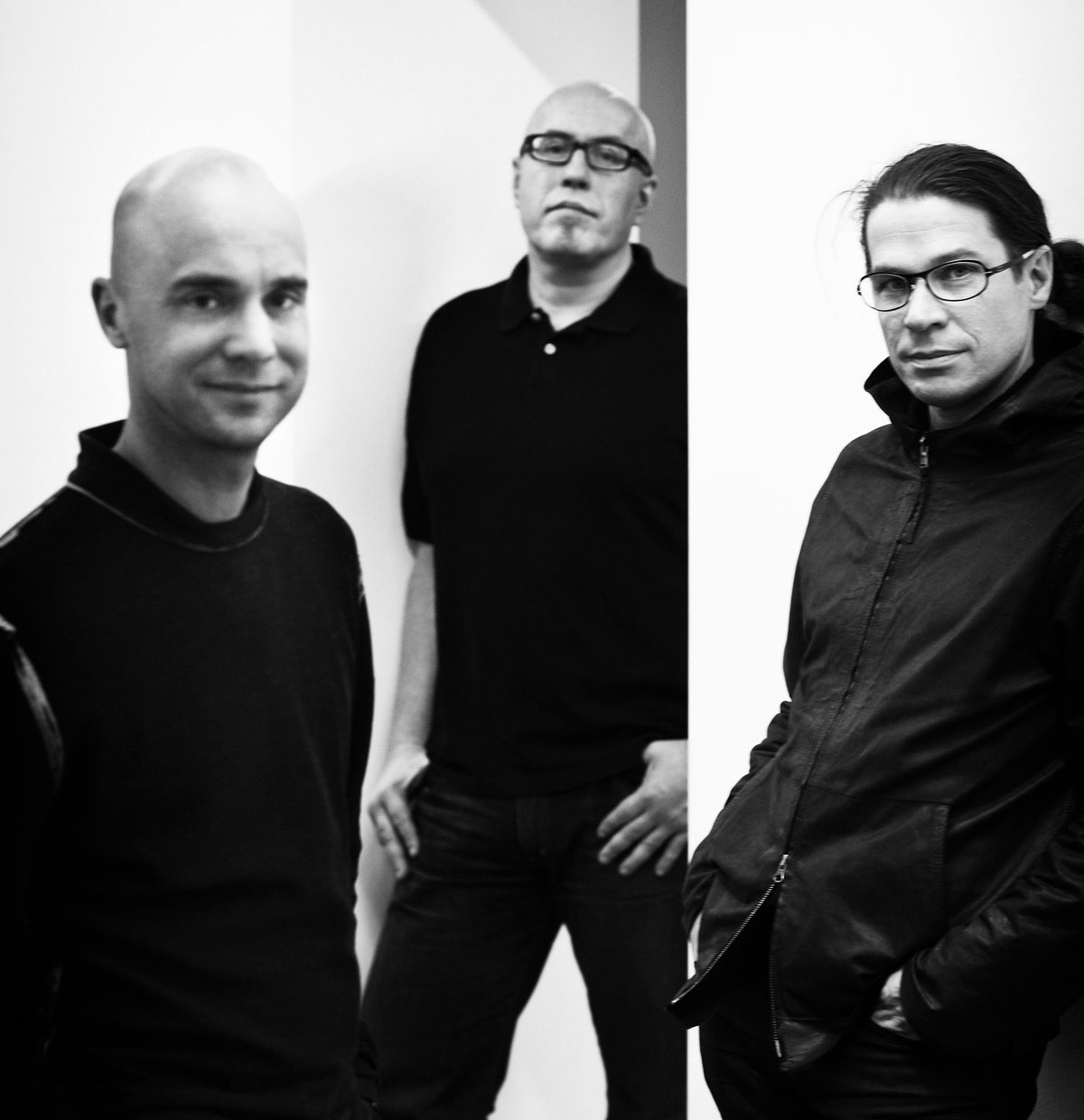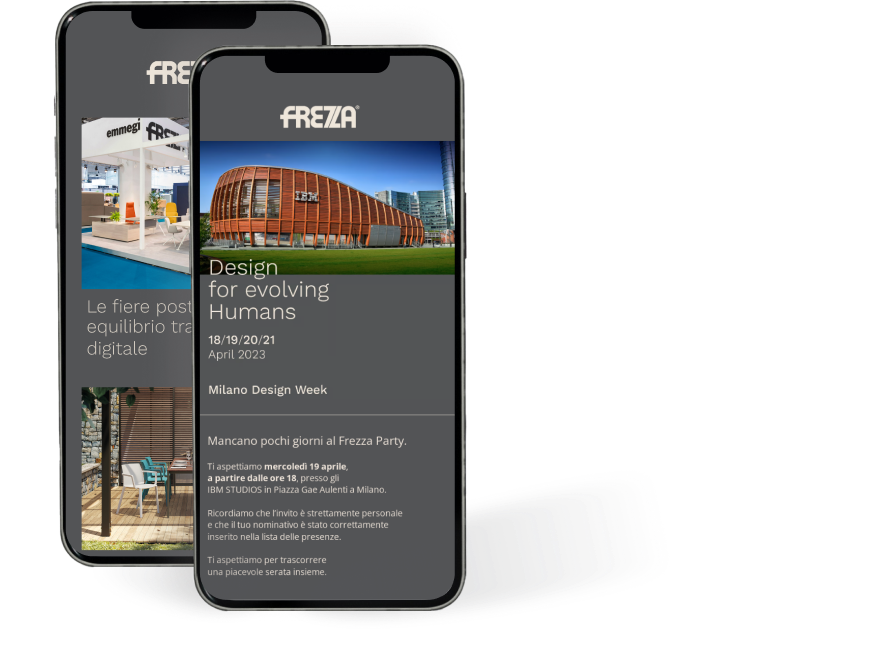Radar is one of the most iconic products in the Frezza-Emmegi range: a collection of immediately recognisable seats, constantly expanding. Armchairs, poufs, upholstered benches and much more: 2021 comes with many new products, that you can already find in the new catalogue.
The stars of this week’s Frezza Partner Insights column are architects Claesson Koivisto Rune, creators of this unique design piece. The Stockholm-based studio, founded in 1995 by Mårten Claesson, Eero Koivisto and Ola Rune, is internationally renowned, has received numerous prestigious awards (such as the Red Dot and the Designer of the Year by Elle Décor Italia), and was also part of the Venice Architecture Biennale in 2004.
The answers below were provided by Eero Koivisto, co-founder of the firm.
1. What inspired you to create the Radar armchair and sofa for the Lounge area?
We wanted to make a modern version of the classic ”Peacock Chair”. A chair where the headrest would create a separate space for the person sitting in the chair. When that was done, we just added the swiveling feature, and the different backs. After that it felt obvious to design a whole collection of seating elements and tables that would complement the original Radar chair.
2. If you were to pick one thing about the Radar collection that sets it apart from others in its field, what would it be?
Obviously the large backrest on a swiveling chair. When looking at the Radar chair, it’s pretty clear where the name comes from.
3. Usability and Comfort. Please talk us through the experience provided to the end user.
We’re from Sweden, so usability and comfort – both important features of Scandinavian design – is something we take for granted in design (the opposite is somewhat stupid in our opinion). The strongest impression when sitting in the Radar chair is how the big backrest sort of ”quietens” the surrounding noise. Makes it easier to focus on what you’re doing. The swivel base also means that you can go from active to passive in a meeting by just turning the chair.
4. Among all beautiful and creative works you have done, could you share with us your design philosophy? How could be interpret it?
We don’t really have a specific design philosophy. We try to design objects that are modestly beautiful and that work and perform well. We’re also trying to avoid temporary trends in our work.
5. What requirements will modern offices and social spaces need to satisfy in the future?
To create spaces for physical interaction between people. Almost every other side of office work can be done outside of the physical office.
6. Why do we miss shared workspaces so much? How do you make shared spaces beautiful and high performing?
We don’t miss the workspaces. We miss meeting and interacting with other people there. The perfect office of the future is a place where people feel comfortable when working. Where they go to have physical meetings and social relations with their colleagues and clients in an inspiring way.
7. In the global world, should design have an international or local style?
Design is always inspired and fueled by the various parts that make up a project. It’s the designer, the manufacturer, the budget, the country, the (global & local) culture, the present situation in the particular sector, the media that follows that sector, the journalists, the public, the market, etc.
One could be from Finland, married to a Dane, living in Sweden, driving an American car, designing for an Italian company, where the object they designed is being launched in France, and written about by a large architectural website operating from Chile. But that same person shops in his neighborhood after work. And online when home.
Maybe design already is Glocal?
8. Name one thing that could disappear from the workplace in the next decade.
The Stationary computer.


